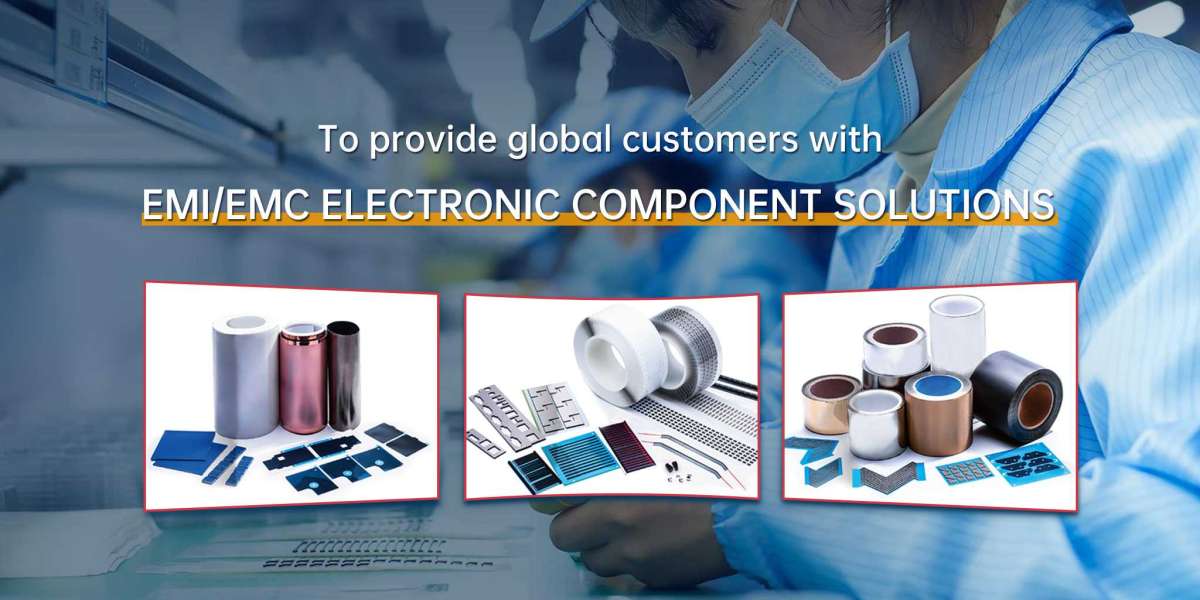
In today’s fast-paced technological world, electronics are becoming more advanced and powerful. From smartphones to electric vehicles, we rely on a wide range of devices for daily tasks. However, with greater functionality comes the challenge of managing heat. Excessive heat generation can significantly impact the performance and longevity of electronic devices. This is where thermal management materials play a crucial role. These materials help control and dissipate heat efficiently, ensuring devices continue to function optimally and last longer.
What Are Thermal Management Materials?
Thermal management materials (TMM) are designed to regulate and transfer heat in electronic systems. These materials are essential in preventing overheating, which can lead to component failure and decreased efficiency. Thermal management materials come in various forms, such as thermal pads, thermal pastes, heat sinks, and phase change materials, each suited to specific applications. By effectively conducting heat away from sensitive components, these materials ensure that devices operate within the optimal temperature range.
Why Is Thermal Management Essential for Electronics?
Heat is an inevitable byproduct of energy consumption in electronic devices. Processors, batteries, and power supplies generate heat during their operation, and without proper management, this heat can accumulate, causing damage. Here are some key reasons why thermal management is critical:
-
Preventing Overheating: One of the most significant challenges in electronic design is preventing components from overheating. Overheated devices are prone to malfunction, leading to system failures. By using thermal management materials, manufacturers can maintain a stable operating temperature, reducing the risk of damage and failure.
-
Maintaining Performance: Overheating can lead to performance throttling in devices. For example, if a laptop or smartphone gets too hot, it may reduce its processing power to prevent damage. Proper thermal management allows devices to maintain peak performance levels, even under heavy workloads.
-
Increasing Longevity: Continuous exposure to high temperatures can accelerate wear and tear on electronic components. By keeping the temperature in check, thermal management materials help extend the lifespan of devices, reducing the frequency of repairs and replacements.
-
Improving Energy Efficiency: Overheating often leads to inefficient energy consumption, as devices work harder to regulate temperature. Thermal management materials help devices run more efficiently, conserving energy and reducing power consumption.
Common Types of Thermal Management Materials
There are several types of thermal management materials, each suited for specific needs:
-
Thermal Pads: These soft, flexible materials are used to fill gaps between components and heat sinks. They offer a simple and cost-effective solution for heat transfer.
-
Thermal Pastes: Used primarily between processors and heat sinks, thermal pastes enhance heat transfer by filling microscopic gaps and improving thermal conductivity.
-
Heat Sinks: Metal components, typically made from aluminum or copper, are used to absorb and dissipate heat. They increase the surface area to allow heat to escape more efficiently.
-
Phase Change Materials (PCMs): These materials absorb heat when they melt and release it when they solidify, helping regulate temperature fluctuations in devices.
-
Thermally Conductive Adhesives: These adhesives bond components together while also conducting heat away from sensitive areas, ensuring efficient heat dissipation.
Applications of Thermal Management Materials
Thermal management materials are vital in various industries where electronics are used, such as:
-
Consumer Electronics: Smartphones, laptops, and gaming consoles rely on thermal management materials to ensure they operate efficiently and prevent overheating.
-
Automotive Industry: Electric vehicles, in particular, require efficient thermal management to handle the heat generated by batteries and power systems.
-
Industrial Machinery: Machinery and equipment that operate in high-temperature environments benefit from thermal management solutions to maintain performance and reliability.
In conclusion, as electronic devices continue to evolve, so does the need for effective heat management. Using the right thermal management materials is essential for ensuring the longevity, performance, and energy efficiency of these devices. As technology advances, the role of thermal management materials will only become more crucial in keeping devices cool and running smoothly.